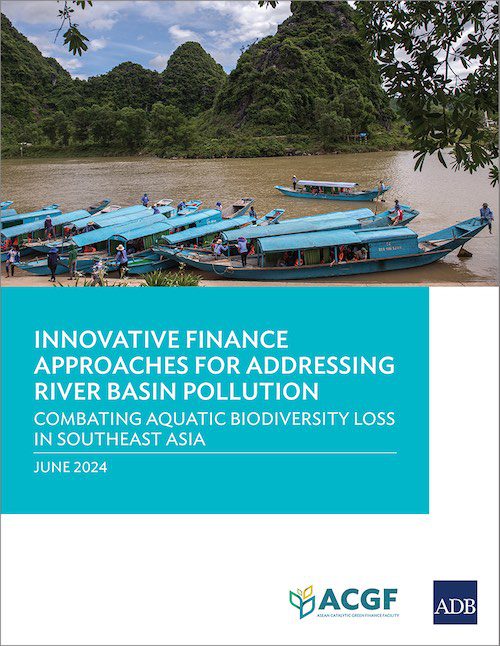This report outlines the cascading environmental, social, and economic impacts of aquatic biodiversity loss in Southeast Asia and recommends ways to develop scalable projects that tackle river pollution and support sustainable development.
Southeast Asia is home to numerous rivers with significant geological features, biodiversity, and economic benefits. The Mekong, Hong (Red), Chao Phraya, and Citarum rivers are often cited as the most important rivers of the region because of their significant geological features, biodiversity, and economic benefits. However, these rivers are facing a serious threat related to water pollution.
RELEVANT SUSTAINABLE GOALS



This report outlines the cascading environmental, social, and economic impacts of aquatic biodiversity loss in Southeast Asia and recommends ways to develop scalable projects that tackle river pollution and support sustainable development.
Focusing on the Mekong and other major rivers, the report explains the effects of rapid urbanization, climate change, and industrialization on river basin pollution in the region where 110 million people lack access to safe water. It outlines how a combination of financing mechanisms such as blue bonds, nature-based solutions including mangrove reforestation, and policy reforms could help improve river health and unlock the region’s economic potential.
You may also be interested in :
Asia’s Transition to Net Zero : Opportunities and Challenges in Agriculture



